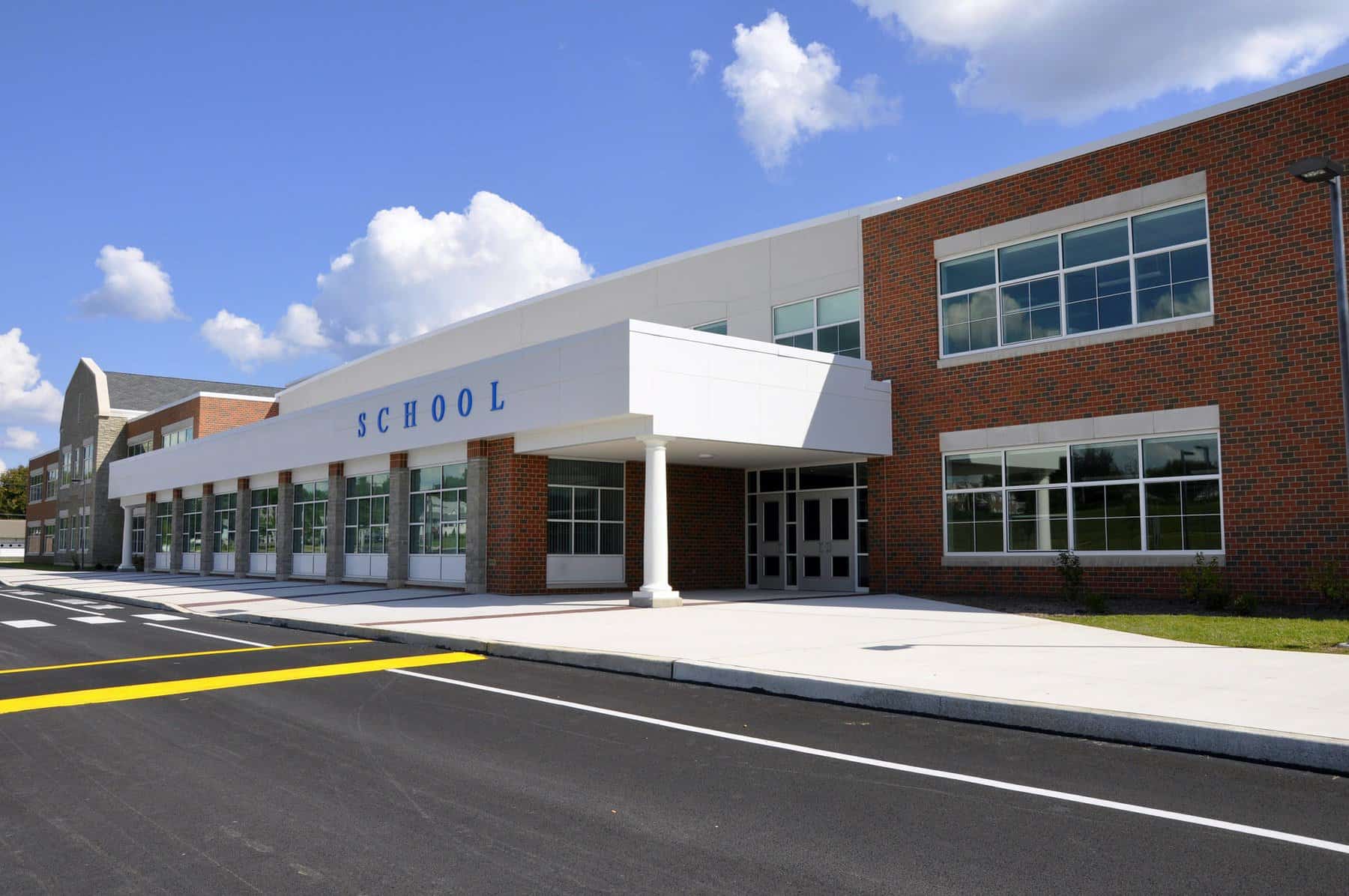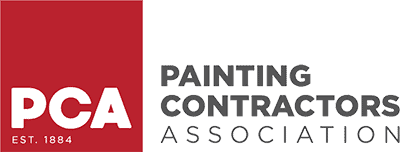If you manage a commercial property—whether it’s a storefront, hotel, office complex, or industrial facility—then you understand the importance of first impressions and long-term asset protection. The appearance of your building tells customers, clients, and tenants a story about your professionalism and upkeep. But paint is more than just visual—it serves as a protective barrier against weather, pollution, and time.
Rather than waiting for visible signs of deterioration, smart business owners are investing in commercial paint maintenance contracts to proactively protect their properties. These contracts provide regular touch-ups, inspections, and minor repairs that preserve not only the look but the integrity of your building’s exterior.
In this guide, we’ll walk through exactly what’s included in a commercial paint maintenance agreement, what you should look for in a provider, and how these contracts save you time, money, and stress over the long term.
Why Commercial Paint Maintenance Contracts Matter
Paint on a commercial property isn’t just decorative—it’s your building’s first defense against the elements. From blocking UV rays to sealing out moisture and preventing corrosion, a high-performance paint system preserves the structural materials beneath. Without maintenance, coatings crack, peel, and lose their elasticity, exposing your building to decay and costly repairs.
Maintenance contracts keep coatings intact and functioning longer, preventing small issues from becoming expensive liabilities. They’re also crucial for industries governed by strict standards, such as healthcare and food service, where clean, compliant, and consistent finishes are often mandatory.
Core Components of a Commercial Paint Maintenance Contract
A well-structured commercial paint maintenance contract includes more than basic touch-ups. It’s a comprehensive plan tailored to your property type, materials, traffic level, and regional climate.
| Contract Feature | Details |
|---|---|
| Scheduled Inspections | Annual or semi-annual visual inspections to catch early signs of wear. |
| Surface Touch-Ups | Includes patch painting of damaged areas, minor repairs, and resealing. |
| Preventive Cleaning | Services such as pressure washing or soft washing to remove buildup. |
| Routine Repainting | Scheduled full or partial repainting of high-use or high-visibility zones. |
| Emergency Services | On-call services or discounted rates for vandalism, weather, or urgent work. |
Each element is designed to work in tandem. For example, regular inspections identify issues early, allowing targeted touch-ups that extend the life of the original coating and prevent deeper substrate damage.
Typical Repainting and Maintenance Frequencies

3d rendering business meeting and working room on office building
Your building’s surfaces don’t all wear at the same pace. A good contract will differentiate between high-touch areas like handrails and less exposed elements like upper-story siding. Here’s a breakdown of typical repaint intervals:
| Surface | Expected Maintenance/Repaint Cycle |
|---|---|
| Metal doors, railings | 1–2 years |
| Wood trim and fascias | 2–3 years |
| Stucco or EIFS panels | 2–3 years |
| Signage and painted graphics | 2 years |
| Complete exterior repaint | 5–7 years |
These timelines vary based on local weather, exposure to sun and moisture, and type of use (retail vs. industrial, for example). Contracts should be flexible enough to accommodate property-specific needs.
The Business Case for a Maintenance Contract
One of the most compelling reasons to adopt a commercial paint maintenance plan is cost control. Without a contract, painting is a reactive expense—something that gets prioritized only when visible damage becomes unavoidable. This often leads to full-scale repaints or substrate replacement, which are much more expensive than regular upkeep.
Instead, a contract offers predictable yearly costs. Depending on your building size and complexity, this might be a flat annual fee or a tiered structure with scheduled reviews. It smooths out spikes in your facility maintenance budget and eliminates the guesswork around when painting will next be required.
| Cost Model Comparison | Without Maintenance Contract | With Maintenance Contract |
|---|---|---|
| Major repaint every 5 years | $50,000+ lump sum | $10,000/year over 5 years |
| Emergency repairs after damage | Unplanned, premium rates | Covered or discounted |
| Mold, rust, or wood failure | Leads to costly structural work | Prevented through early fixes |
Beyond the Brush—Added Value in Professional Contracts
A commercial paint maintenance contract isn’t just about applying fresh coats of color. The added value lies in prevention, documentation, and continuity.
Scheduled Site Documentation
During each inspection, your provider will document current paint conditions with photos and surface notes. This visual record creates accountability, supports insurance claims if needed, and informs future maintenance decisions. Paint logs include:
-
Dates and scopes of past touch-ups
-
Paint products and colors used
-
Observed signs of wear or failure
-
Surfaces requiring monitoring
This kind of recordkeeping is particularly valuable for property managers overseeing multiple locations or working with brand consistency requirements.
Paint Selection and Compliance
The paint types used in maintenance work are often high-performance commercial coatings from trusted manufacturers like Sherwin-Williams or Benjamin Moore. In regulated industries, contractors can also apply specialty paints including:
| Paint Type | Use Case |
|---|---|
| Elastomeric coatings | Waterproofing stucco, concrete, and masonry |
| Anti-graffiti coatings | Schools, retail, and transit hubs |
| Low-VOC and zero-VOC formulas | Healthcare, childcare, or LEED-certified sites |
| High-adhesion primers | For glossy metal, old wood, or hardboard siding |
The right products increase coating lifespan and ensure code compliance.
How to Vet and Choose the Right Paint Maintenance Provider
Not all painting contractors are qualified to manage long-term maintenance. Look for those who specialize in commercial work and have the certifications and infrastructure to support your needs.
| Evaluation Criteria | Why It Matters |
|---|---|
| Licensing, insurance, and bonding | Ensures legal and financial protection |
| EPA Lead-Safe Certification | Required if your property was built before 1978 |
| Project manager or point of contact | Streamlines communication and ensures accountability |
| Portfolio of past commercial projects | Demonstrates experience with property types like yours |
| Customizable service packages | Allows you to scale up or down as your property’s needs evolve |
Also, clarify scheduling options. A provider who can work off-hours, during weekends, or seasonally around your business operations offers major advantages for minimizing disruption.
Common Misconceptions About Paint Maintenance Contracts
Misconception 1: “It’s Cheaper to Just Repaint Every Few Years.”
While repainting every few years may sound easier, it’s often more expensive. Full repaints involve major surface prep, permits, and business disruption. By contrast, regular maintenance costs less each year, preserves your existing investment, and often eliminates the need for full repaints entirely.
Misconception 2: “My Property Looks Fine—Why Bother?”
By the time coating damage is visible, it may already be allowing moisture, UV, or pests to reach the substrate. Paint maintenance contracts catch these issues early, often through inspections you wouldn’t perform on your own. Looking fine today doesn’t mean there aren’t early-stage problems beneath the surface.
Misconception 3: “All Contractors Offer the Same Thing.”
While many painting companies offer paint maintenance “services,” only a few specialize in tailored contracts with structured deliverables, warranty extensions, and tracking. You want a provider who treats maintenance like asset management, not just patch-up work.
What to Expect in Your First Year
When you begin a commercial paint maintenance plan, the first 12 months typically include:
| Stage | What Happens |
|---|---|
| Initial assessment and estimate | Full walkthrough of your site, with photos, measurements, and custom quote |
| Paint log setup | Digital or physical record of colors, materials, and scheduled service |
| Baseline touch-up and prep work | Repainting of immediate problem zones and surface prep to stabilize coatings |
| First inspection report | Detailed findings with recommendations for seasonal priorities |
| Annual planning | Scheduling of ongoing visits, cleanings, or seasonal work |
From that point forward, service is structured around consistency, communication, and continuous surface protection.
Protect Your Building Like a Pro
Commercial paint maintenance contracts are more than just a way to keep your building looking clean. They’re a smart, proactive approach to extending the life of your investment, reducing capital repair costs, and ensuring your property makes the right impression every day.
With built-in inspections, targeted repainting, surface preservation, and budget predictability, a professional paint maintenance agreement is an essential tool for every commercial property owner or manager.
Thinking ahead today means fewer headaches tomorrow.
Contact our team for a free on-site evaluation and custom paint maintenance plan built for your building’s needs and budget.




